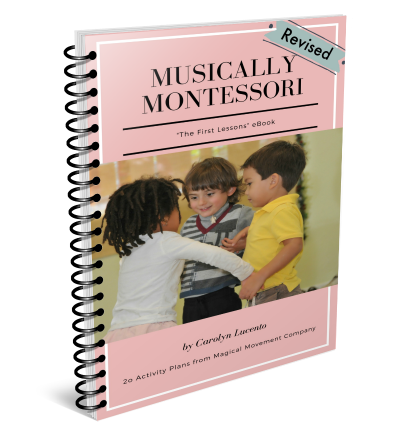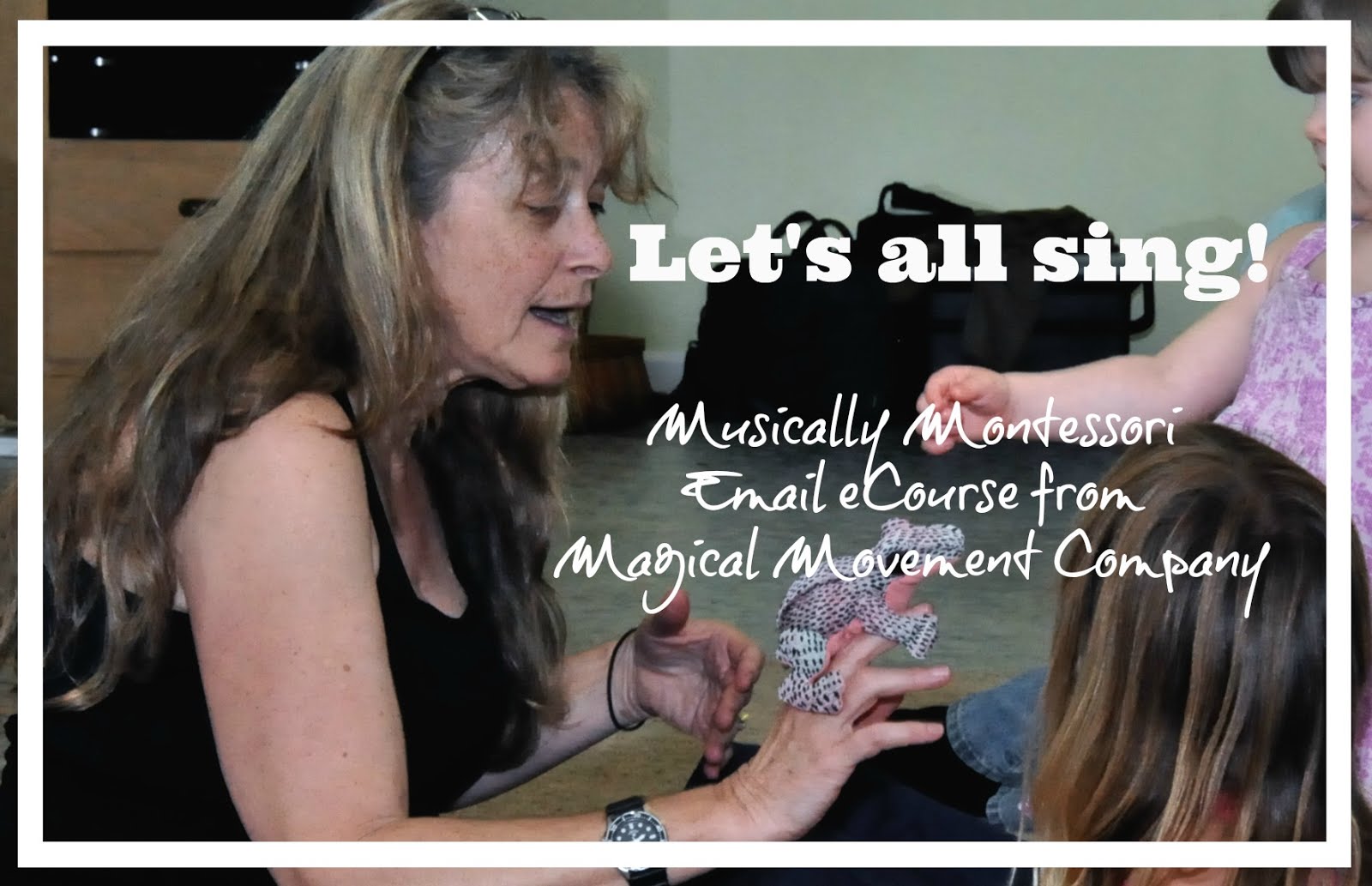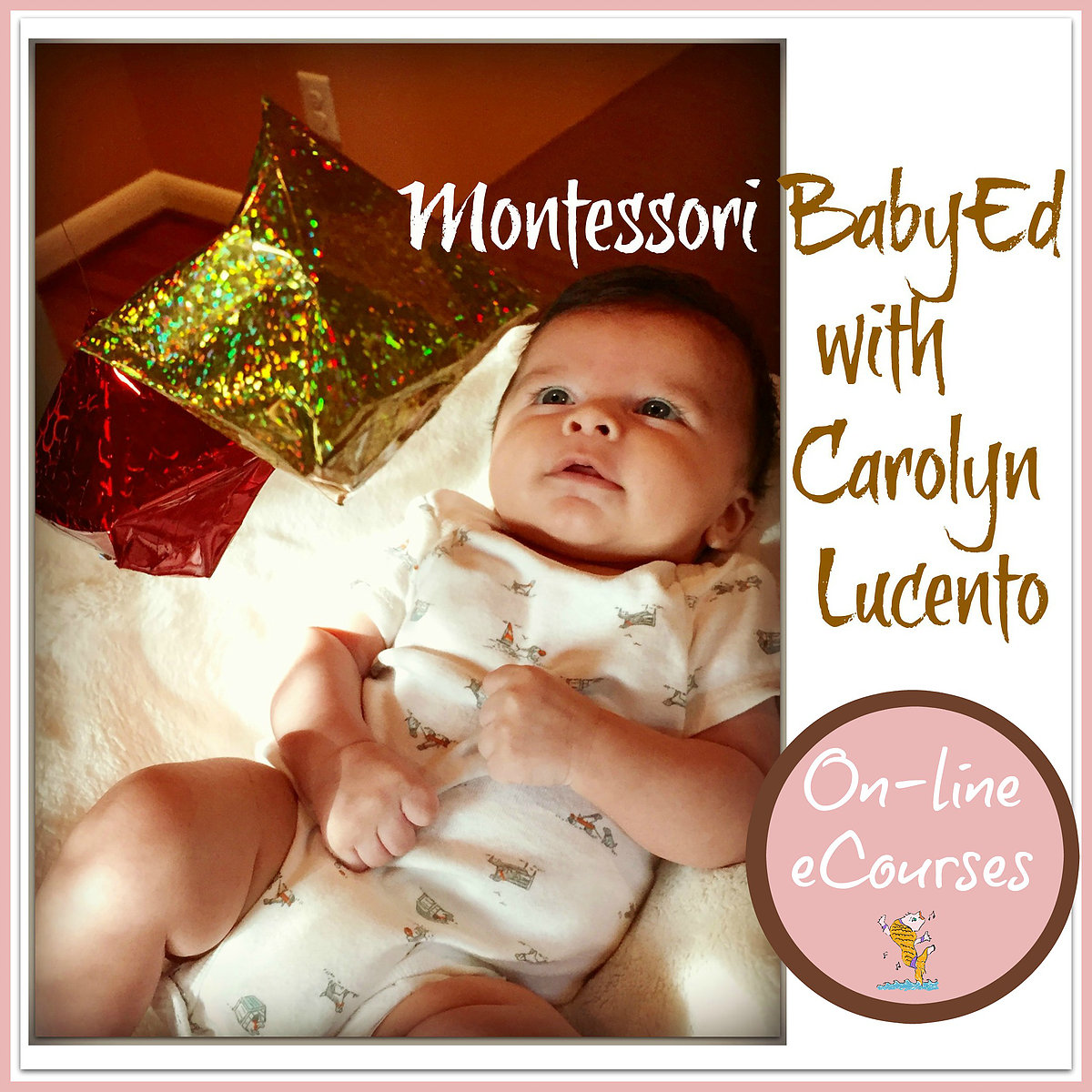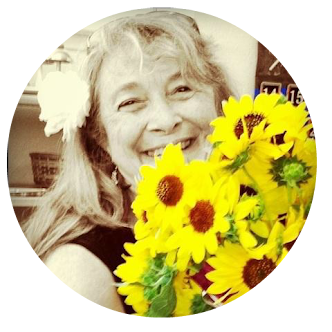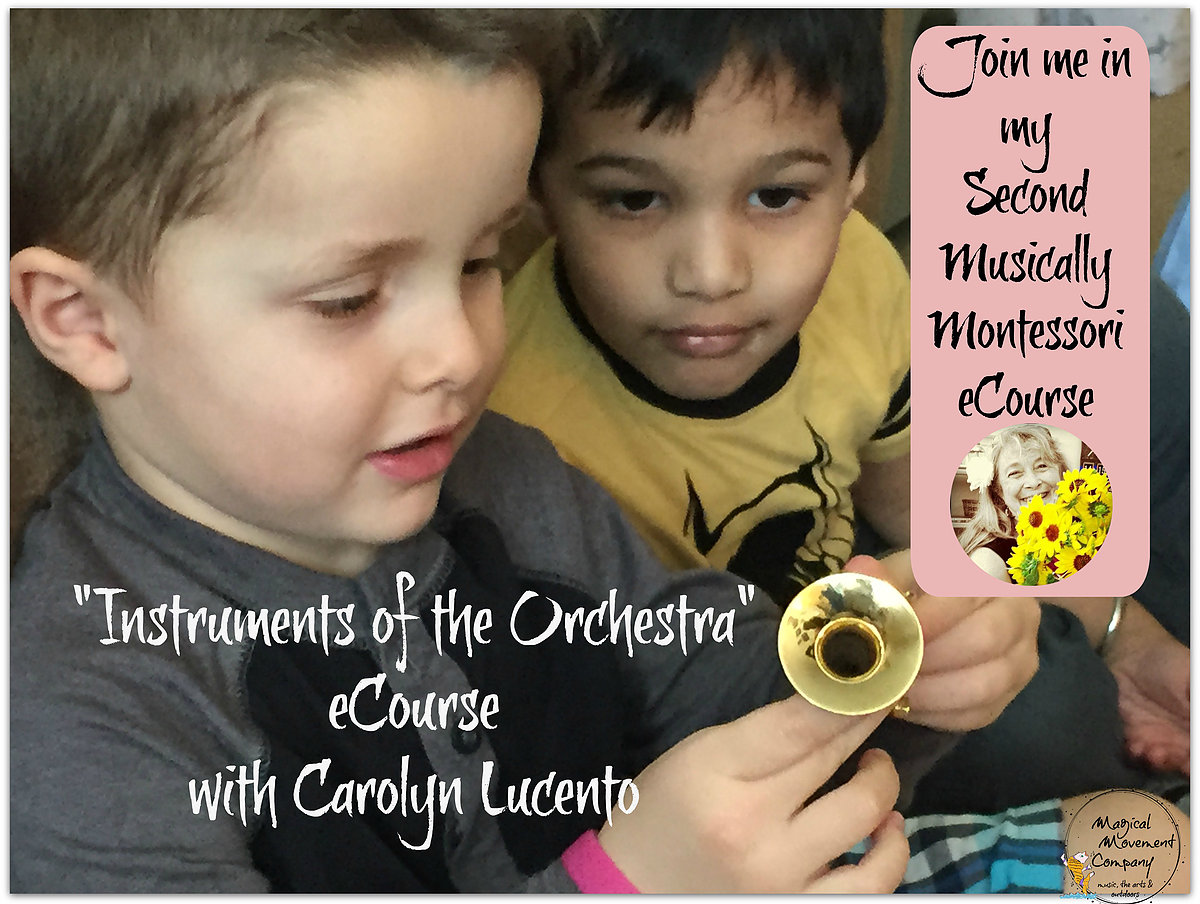Photo from the artists at Dollar Photo Club
Photo by Jeri-Jo Idarius Photography from Carolyn's Archives
an art of sound in time that expresses ideas and emotions in significant forms through the elements of rhythm, melody, harmony, and color. (from Dictionary reference.com)
One fun topic that is often of great interest to young children is dinosaurs, and songs about these creatures offer lots of fun movement activity ideas. There are many dinosaur action songs for children that are available to download (Some examples: Wee Sing, Diane Kordas, Brian Dullaghan, & Juice Music) and little children have great fun moving along to the music! I use the music curriculum, Music Room from Bushfire Press and our favorite activity this week has been moving & playing along with the rhythms from the song, "Dinosaur Stomp".
First, we "stomped, chomped, wiggled, & giggled" as a large motor activity and everyone was up & moving! Later in our lesson, we moved our puppet/props, called "Music Babies". (Read more about music babies at my past post by clicking on this link: Preschool music with robot dance & music babies.)
The "Dinosaur Stomp" song has a pronounced rhythm pattern: Ta Ta Ti-ti Ta (quarter note, quarter note, eighth note-eighth note, quarter note) and the children got very good at reproducing the pattern all together and with a steady, consistent pulse. Assigning sounds to notes, such as "ta" for quarter note and "ti" for eighth note is an effective way to introduce children to rhythmical chanting, moving & playing. This technique comes from the Orff-Schulwerk method of teaching children music and you can read more about it at this link: Wikipedia: Orff-Schulwerk.
The children clapped, jumped, patted, rocked, and wiggled this rhythm pattern with their music babies. We even sang our movements while performing the rhythmical pattern! (ex: Stomp, Stomp, Stomp-stomp, Stomp)
Maria Montessori observed children and realized how important movement was to the physical, cognitive, social, and even the spiritual development of the child. As a Montessori trained teacher, I have seen the truth in this realization of hers in every aspect of learning in the young child and in every area of early childhood curriculum.
Photo of Dr Maria Montessori from public domain
Work is inseparable from movement. The life of man, and of the great human society, is bound up with movement....To have a vision of the cosmic plan, in which every form of life depends on directed movements which have effects beyond their conscious aim, is to understand the child's work and be able to guide it better.
From The Absorbent Mind, by Dr. Montessori. p. 146
This wonderful foundation of learning found in the Montessori method is tried and true in varieties of settings of early childhood environments all over the world.
Thanks for checking in to see what we've recently been doing in our Montessori Music classes. I hope you enjoyed your visit to my blog and feel free to write a comment in the section below. I love reading your ideas!
Advertising Disclosure: Magical Movement Company may be compensated in exchange for featured placement of certain sponsored products and services, or your clicking on links posted on this website. Thanks for your support!







